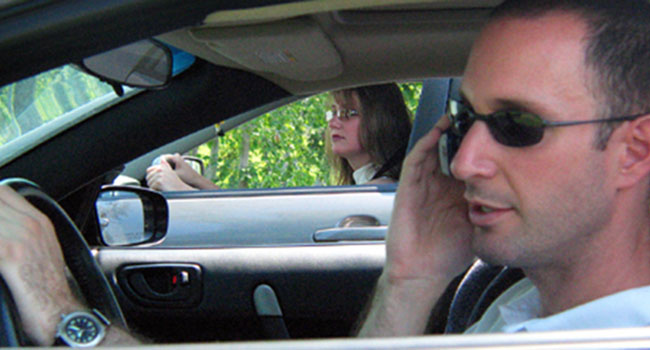 Fake commutes are apparently a thing.
Fake commutes are apparently a thing.
According to human resources professionals, some people will simply take their cars, the bus or the metro to start the day, or else for a break to establish some sort of daily routine.
It seems unbelievable and not much data exists to prove how often it’s happening. But it’s still a fascinating phenomenon.
Some indicators suggest that some people are fake commuting. For example, morning coffee sales at several outlets haven’t dropped to the extent many predicted during the early COVID-19 pandemic days.
With telecommuting becoming increasingly popular, many really expected breakfast sales to decline by at least 30 per cent due to a disrupted morning routine.
But that didn’t really happen.
Tim Hortons financial results tell us that many consumers are still driving around. Sales before noon fell by only about 11 per cent, even if dining rooms are almost always empty across the country. But drive-throughs are busier than ever. Tim Hortons reports that those sales have doubled since last year and even tripled at some locations.
It’s the same story at A&W, another iconic Canadian chain. Susan Senecal, president and CEO of the chain, said this week that most of her restaurants are regularly visited by people who drive around and will stop for a bite, without visiting the dining room. Many eat in the car.
People are simply looking for something to do as they attempt to normalize their lives.
Sales at A&W have indeed declined, as at Tim Hortons, but it’s no disaster.
The fake commutes and fake outings are likely helping many restaurants weather the COVID-19 storm.
Office spaces everywhere remain largely empty, despite the traffic. In some cities, more than 60 per cent of people who can work from home still do so. And since not everyone has a new coffee maker at home or uses it regularly, discreet regular visits to coffee shops could be happening.
It’s difficult to prove, since all we have are anecdotes – but still.
In spite of the headaches commuting can cause, from sitting in traffic to being crammed into a crowded bus or subway car, it now seems there may be some psychological and mental advantages to our once hated daily travel routines.
Our thirst for normality and perhaps the freedom we had before COVID-19 seems apparent. A fake commute for a coffee or a meal at our favourite restaurant – why not?
Mental health is clearly an important topic these days. Pretending to go to our old workplace is a tiny yet innocent solution that could help. As many Canadians continue to work from home, experts say it’s increasingly important to find ways to make the transition from work to home in some physical way.
A recent survey by the Center for Economic and Policy Research in the U.S. found that 35 per cent of employees who telecommute used the time saved by not commuting to do more work at home.
But the same survey also said an increasing number of employees go for a car ride or use public transit daily or weekly just to get out of the house.
People need to get replenished, energized and to physically separate themselves from the workplace, even if it’s home.
Restaurants were the daily psychological anchor for many before COVID-19 and people don’t want to give that up. Who can blame them?
It can seem strange to see people driving around, buying a coffee, muffin or sandwich only to go home afterwards. But a routine is a precious thing and a disrupted routine can profoundly impact people’s ability to function.
So if you’re tempted to fake commute so you can get that well-deserved coffee prepared by someone else, go for it. You need the break. After all, it’s 2020.
A restaurant out there is waiting.
Dr. Sylvain Charlebois is senior director of the agri-food analytics lab and a professor in food distribution and policy at Dalhousie University.
Sylvain is a Troy Media Thought Leader. Why aren’t you?
For interview requests, click here. You must be a Troy Media Marketplace media subscriber to access our Sourcebook.
The views, opinions and positions expressed by columnists and contributors are the author’s alone. They do not inherently or expressly reflect the views, opinions and/or positions of our publication.


